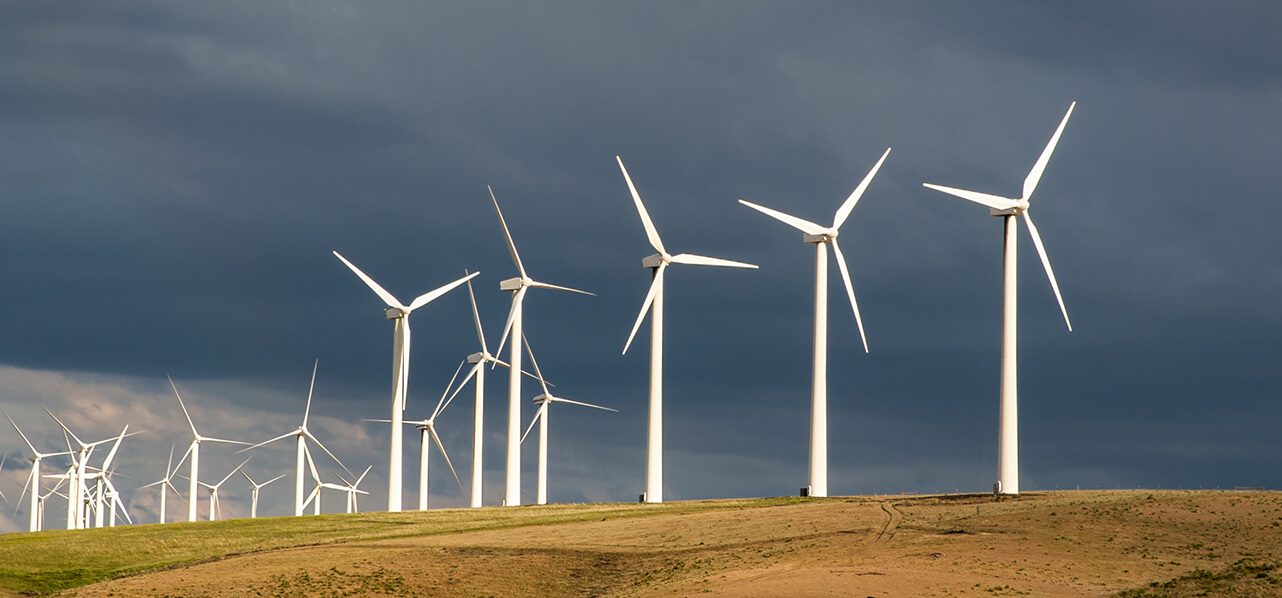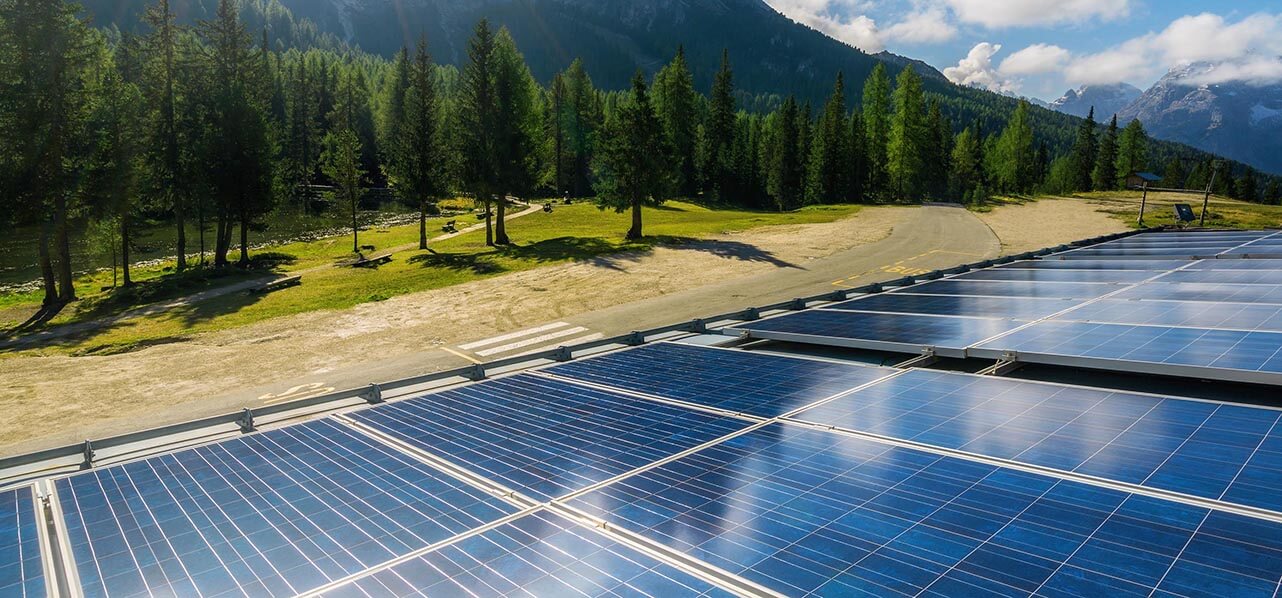Partner Rome
"The provisions of Art. 5 are unclear and open to different interpretations."
Art. 5 Agricultural Law Decree
Art. 5 in particular will cause concern amongst renewable energy operators as it amends Art. 20 of Legislative Decree 199/2021 that regulates what land is suitable for the installation of renewable energy plants. Notably it contains a new paragraph (i.e., 1-bis) stating that installing ground-mounted photovoltaic systems as per Article 6-bis, letter b) of Legislative Decree 28/2011 on land classified as for agricultural use is limited to:
- for areas referred to in letter a) to the modification, reconstruction or upgrading of existing systems provided this doesn’t involve an increase in land use; and
- areas referred to in letters c), c-bis), c-bis.1), and c-ter) n. 2) and n. 3) of paragraph 8 of Art. 20
(see paragraph 1, first sentence, art. 5).
With regards to the above-mentioned provisions, it should be clarified that:
- 6-bis, letter b), of Legislative Decree 28/2011: refers to the applicability of the Sworn Declaration of Commencement of Works regarding ground-mounted photovoltaic systems that, even if limited to upgrades replacing modules and other components or modifying existing layout plans, involve a variation of the maximum height from the ground not exceeding 50%; and
- Paragraph 8 of Art. 20 of Legislative Decree 199/2021, identifies, in summary, the following areas suitable in law for renewable energy plants:
• Letter a): sites where plants using the same energy source are already installed and where the alterations being carried out do not change the area of land used;
• Letter c): quarries and mines that are no longer operational;
• Letter c-bis): sites and installations belonging to Ferrovie group and other railway infrastructure managers as well as motorway concession companies;
• Letter c-bis.1): sites and installations used by airport management companies on airport grounds;
• Letter c-ter) n. 2): areas inside industrial plants and establishments, as well as areas classified as agricultural within 500 metres of them; and
• Letter c-ter) n. 3): areas adjacent to the motorway network within a distance of no more than 300 metres.
"Any ongoing proceedings will have to be concluded in accordance with the legislation prior to the decree’s becoming law."
In light of the above, it is evident that the provisions of Art. 5 are unclear and open to different interpretations. The reference to Article 6-bis, lett. b), which, according to a less formal reading, should be considered relevant only for the purpose of qualifying “ground-mounted photovoltaic plants”, is not entirely clear. Consequently, for ground-mounted photovoltaic plants, the areas excluded from the list above would no longer be eligible for the relevant installation.
Specifically, this would apply to:
- the areas subject to reclamation under the Environmental Code (letter b);
- areas classified as agricultural, enclosed within a perimeter whose points are no more than 500 metres from areas for industrial, artisanal and commercial use, including sites of national interest, as well as quarries and mines (lett. c-ter n.1);
- areas that are not included in the perimeter of goods subject to protection under Legislative Decree 42/2004 nor fall within the buffer zone of goods subject to protection under Part Two or Article 136 of the same Legislative Decree (lett. c-quater).
On an interpretative basis, agrivoltaic plants could also be considered excluded from the restrictions set forth in Article 5 above as they do not technically fall within the definition of “ground-mounted photovoltaic plants”.
We trust that, when the Agricultural Decree is converted into law, the rule in question will be clarified. This will enable renewable energy operators to find their way around the sector, which already has provisions that are often ambiguous and open to conflicting interpretations.
Installations explicitly excluded from the restrictions.
The following are not subject to the prohibitions laid down in the first sentence of Art. 5 (above):
"The Agriculture Decree... must be converted into law by Parliament within 60 days."
- projects including ground-mounted photovoltaic systems for a Renewable Energy Community; and
- projects implementing the other investment measures of the National Recovery and Resilience Plan (PNRR) and the National Plan for Complementary Investments to the PNRR
- projects necessary to achieve the objectives of the PNRR.
(see paragraph 1, second sentence, Art. 5).
Impact on ongoing procedures
Paragraph 2 of Art. 5 is without prejudice to authorisation or environmental assessment procedures already initiated on the date of the decree’s entry into force. In essence, therefore, any ongoing proceedings will have to be concluded in accordance with the legislation prior to the decree’s becoming law.
Conversion into law
It should be emphasised that the Agriculture Decree, in force since 16 May 2024 as a Decree Law, must be converted into law by Parliament within 60 days, otherwise it will lose its effectiveness from the beginning. It cannot be ruled out that the provisions of Art. 5 aimed at restricting the use of agricultural land may be amended during conversion.
Key contacts
Partner Rome
Associate Rome





